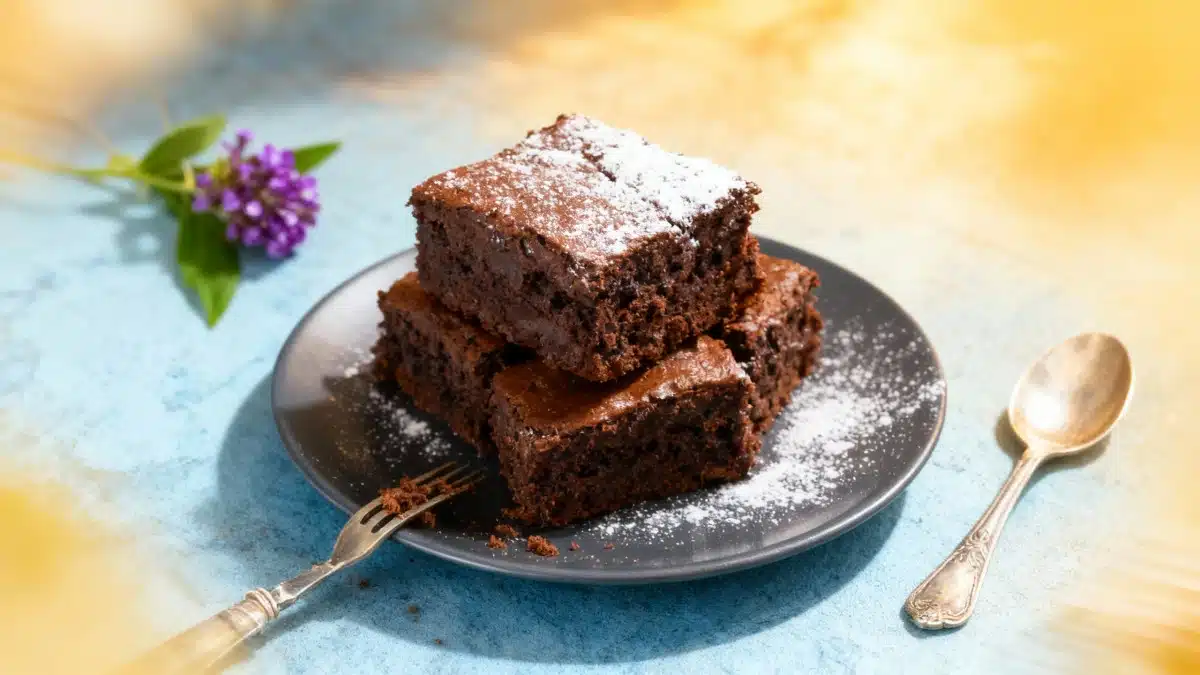What if we told you that your next toast could come with a side of good news for your thighs? That beloved party staple sparkling in your glass might actually give cellulite a run for its money—no magic potions or wild diets required. Before you toss out your flute in disbelief, let’s uncork the science behind this bubbly twist.
The Bad Reputation of Alcohol in Weight Loss
For anyone aiming to slim down, alcohol tends to show up on the « naughty list. » In fact, many weight-loss gurus declare it public enemy number one for anyone pursuing a svelte silhouette. Why? Alcohol’s main offense lies in pumping up your daily calorie intake. Those empty calories don’t fill you up—they just pad your numbers, making it much trickier to shed pounds.
But hold on! It turns out not all alcoholic beverages are created equal. Some of them can actually—wait for it—help fight the very cellulite that’s caused you to side-eye the mirror. Yes, you read that right. Let’s get fizzy.
Cellulite: What is it Really?
Cellulite, that famous foe for many, is actually a totally natural biological phenomenon. Here’s something that might surprise you: scientists say about 90% of women deal with cellulite at some point. According to Joëlle Cohen-Pognot, an angiologist in Paris (that’s doctor speak for a specialist in blood vessels), cellulite appears as a deformation of the fatty tissue just under your skin. In simpler terms, that’s the orange-peel look—a sign of fatty deposits lurking just below the surface.
But cellulite isn’t a one-size-fits-all situation. Science pinpoints several specific types:
- Infiltrated cellulite (also called water retention or aqueous cellulite),
- Adipose cellulite (linked to poor diet), and
- Fibrous cellulite (which arises when collagen fibers harden around fat cells).
That means cellulite can emerge due to water retention, dietary missteps, or the stubborn stiffening of connective tissue.
The Usual Anti-Cellulite Arsenal
If you’ve battled cellulite, you’re probably no stranger to the traditional techniques:
- Drinking lots of water
- Improving your diet
- Adding foods that fight water retention
- Getting sporty
- Rolling out energetic massages on problem zones
Let’s be honest—we’ve tried them all. Some help, some don’t. But you may not have tried the most unconventional tool yet. Enter: champagne.
Science Pops the Cork: Champagne vs. Cellulite
Here’s where things get sparkling. Recent scientific findings have revealed an unexpected ally in the fight against cellulite. According to researchers at the University of Reading, drinking champagne could be a surprisingly effective method. Their 2009 study, published in the British Journal of Nutrition, actually argues that champagne is « very effective in combating cellulite. »
How, you ask, could a celebratory drink do battle with such a persistent foe?
The answer bubbles up in the composition of champagne itself: its wealth of antioxidants, and more specifically, polyphenols. These polyphenols are the star act—championing better blood circulation and boosting toxin drainage. Improved circulation means your body can process and eliminate « the bad stuff » more efficiently, while the enhanced drainage system keeps your skin from showing the telltale signs of cellulite. This isn’t just hype; it’s a finding our friends at Cosmopolitan have highlighted as well.
- Antioxidants & Polyphenols: Champagne’s secret weapons for smoothing things over—quite literally.
- Better Circulation: Polyphenols get your blood moving for improved skin appearance.
- More Efficient Toxin Drainage: Helping your body clear out what it doesn’t need.
Conclusion: Should You Pop a Cork for Smoother Skin?
So, while no one’s suggesting you swap your entire wellness routine for a champagne-only diet (sorry, brunchers!), it seems you can toast to science next time you’re celebrating. After all, in the universe of weight loss and body care, sometimes the most delightful surprises come from the least expected places. If you needed one more reason to savor that glass of bubbly, fighting cellulite just might be it—cheers to that!

John is a curious mind who loves to write about diverse topics. Passionate about sharing his thoughts and perspectives, he enjoys sparking conversations and encouraging discovery. For him, every subject is an invitation to discuss and learn.






